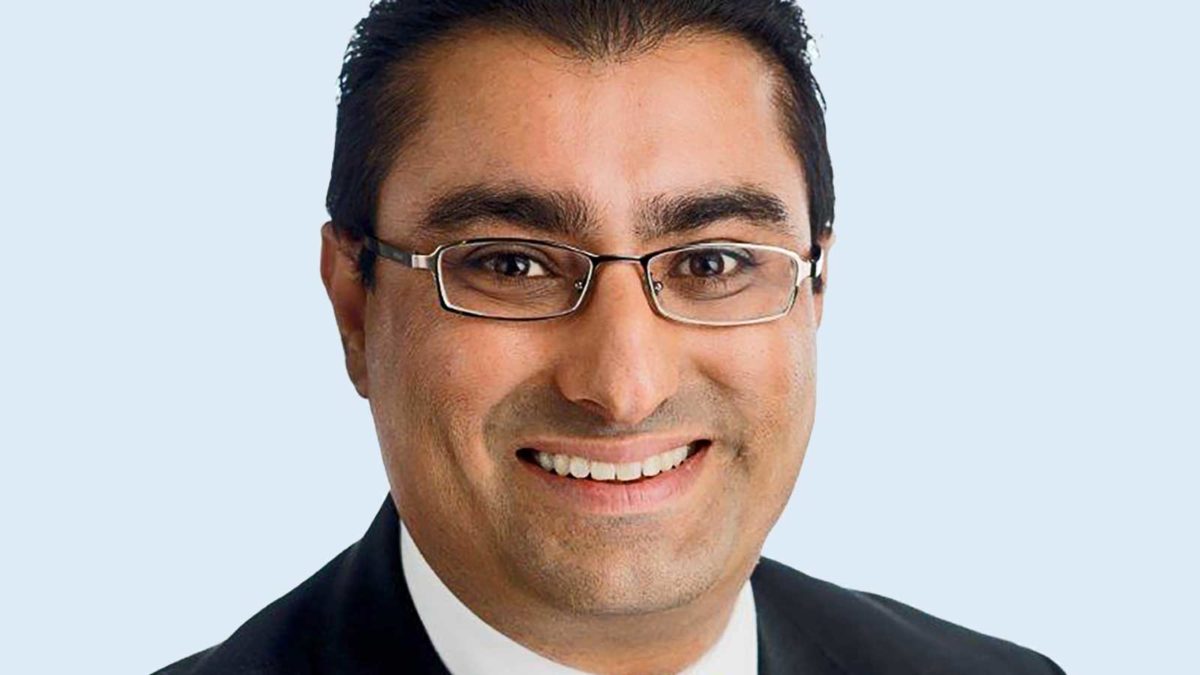Smaller investors look to private debt
Private debt is starting to attract a broader range of investors, including high net-worth individuals and smaller funds who are searching for yield combined with capital preservation.
The attraction, alongside traditional supporters among the big super funds, has also been helped by increasing concerns about inflationary expectations – whether this will be transitory – and also a broader offering from competing fund managers.
The healthy competition among manager offerings, however, places greater onus on the investor to understand the differences between them.
In an investor webinar late last month (July 28), Bob Sahota, the CIO of private debt specialist Revolution Asset Management, said his firm – along with distributor Channel Capital – is seeing private debt starting to become “a lot more interesting for high-net-worth investors, family offices, charities and foundations across the spectrum who are looking for income and protection against inflation”.
Revolution recently passed the $1 billion mark for deployed capital and has, as of July 16, more than $1.5 billion in committed capital. The firm’s first fund closed with $205 million and a yield to maturity of 5.3 per cent, while its second fund, which is still open, has passed $703 million, offering a yield of 5.99 per cent. The manager also has a large mandate from QIC and up to $300 million in co-investments.
Sahota said that the private debt asset class had a very large remit of strategies being used by managers, many of whom he believes have not received sufficient scale. These range from lower-risk higher-return strategies such as infrastructure debt to higher-risk-return strategies such as venture debt, construction lending in real estate and bilateral lending (where there is only one lender to an issuer).
Revolution tends to operate in the middle of these two extremes. Its target asset allocation across portfolios is about 20 per cent in senior real estate debt, 40 per cent in private and leveraged buyouts and 40 per cent in asset-backed securities.
Sahota said that Revolution’s rate of capital deployment had increased, as its inflows had increased, partly because of the lack of scale among some competing managers.
“Banks are continuing their retreat and super funds are starting to bid on large assets,” he said. “Non-bank lenders have increased their market share [compared with banks] in mortgages, auto loans and consumer loans.”
This shift was particularly evident in the New Zealand market. Currently, the Private Debt Fund II, which has made 51 investments to date, is 21 per cent invested in New Zealand.
With respect to the prospect of inflation, Sahota said it should be remembered that private debt was a floating-rate asset class. “So, should we ever get to the position where the RBA finally starts to raise rates, we will participate in any rate rises,” he said.
“We get interest payments every month and every quarter from all our investments and are able to distribute that on a quarterly basis. This is a key attribute for a lot of our investors.”
Backing its capital preservation core philosophy, all investments are secured, Sahota said.











